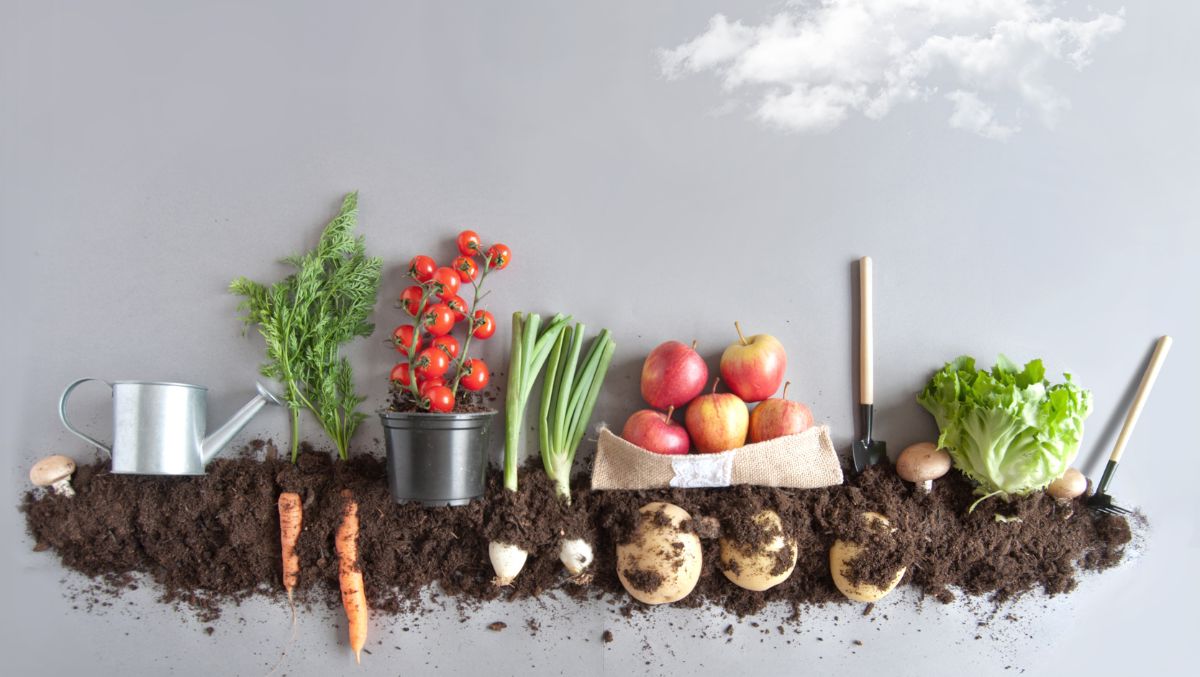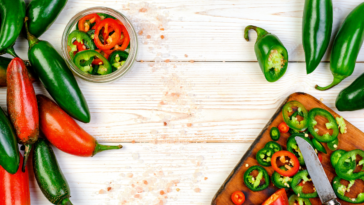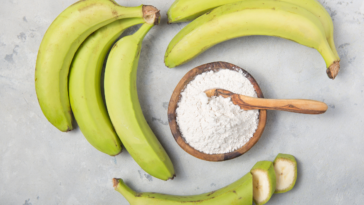What is The Most Effective Method for Drying Fruits and Vegetables?
Make sure your distributors are following best practices for dehydrating their fruits and vegetables. According to Dr. Donald G. Mercer of the University of Guelph, fruits, vegetables and even meats should be dried via exposure to heated air. This technique will remove moisture while leaving behind solids and materials previously dissolved in water.
Why Should You Choose Dehydration Over Other Food Preservation Methods
Dehydration is one method to allow for long term storage and preservation of goods, staving off things like mold and decomposition. Compared to other methods of food preservation like canning, pasteurization, freezing, irradiation and adding chemicals, dehydration is the most nutritious. Dehydrating fruits and vegetables allows for enzymes, vitamins, and minerals within foods to be maintained – especially those which would otherwise be destroyed by high temperatures.
Nutritional Benefits
Dried fruit generally has a high fiber content and is rich in antioxidants, which improves blood flow and digestive health while decreasing risk of obesity. Eating dried fruits and vegetables has also been found to improve metabolic diseases and the aging process among the elderly.
Fast Food Preservation
In addition to the added nutritional benefits, dehydrating food is also one of the fastest and easiest ways to preserve food. These foods are very light weight and don’t take up much room.
What Must You Consider When Selecting Dried Fruits and Vegetable Suppliers?
Safety precautions
Talk with your supplier to understand what safety measures are taken at each step of the distribution process. How is hand sanitation maintained? How are ingredients separated to ensure no cross contamination or allergy concerns? To find this information, request a copy of your supplier’s Hazard Analysis and Critical Control Points (HACCP) program or other quality assurance documentation.
Supplier diversification
The more suppliers your distributor is using, the more secure you can be in the long term reliability and quality of your goods. Fruits and vegetables are impacted by weather patterns, pests and disease. If one farm is influenced by any number of these incidents, having connections to other suppliers is a game changer. Ideally, you want to make sure you work with a distributor who partners with different suppliers for their ingredients.
Added ingredients
Make sure your distributor is not adding sulfites, sugars, coloring and other additives or preservatives to your dried fruit and vegetables. Look over the distributor’s ingredients panel carefully where such ingredients would be listed if present.
You should only partner with distributors who are True No So2 certified, meaning their ingredients never contain any unnatural sulfites. This is important because sulfur dioxide is commonly used in preservation and dehydration processes, lowering the quality of the food. With True No So2 certified suppliers you know your goods are maintaining their nutritional integrity for Vitamin A, Iron, Calcium and other essential ingredients.
What Should You Ask Your Dried Fruit and Vegetable Supplier?
What Are Your Drying methods?
There are a number of methods used to dehydrate foods including: hot air drying, sun drying, contact drying, infrared drying, freeze-drying, fluidized bed drying, dielectric drying. Hot air drying or air drying is the most commonly used method for dehydrating foods and is used by top companies like Seawind Foods.
What Are Your Quality Procedures?
When partnering with an ingredient supplier, request quality assurance documents from potential vendors to ensure they are meeting minimum GFSI requirements. Such information includes the number of years in business, registration with the U.S. Food and Drug Administration (FDA) and the latest third-party food safety and Good Manufacturing Practice (GMP) audit report.
What Can I Do To Get Started Vetting Suppliers Today?
Although each business is unique there are some general steps you can take today to ensure you’re making the most effective partnerships with distributors.
- Gather your team and create an outline of your needs. Do this as a first step before any conversations with potential partners. It is important you understand the unique features and metrics you are looking for from a supplier before contacting them. Give each of these metrics and features weights so you can objectively score and measure each supplier.
- Research current and former clients of the supplier. Make phone calls, ask for references and read testimonials. Communication and trust between you and your distributor is paramount for long term success. You want to make sure you’re partnering with someone who has the flexibility and bandwidth to customize your orders.
- Request samples. Once you get the samples, test the quality of ingredients. Make dishes you intend to use the ingredients in and have patrons provide feedback. Make sure your loyal customers are getting an equal if not enhanced product.
Article >> Learn more about choosing an ingredient supplier
Conclusion
Choosing the right ingredient supplier is critical to the success of your final product in terms of both quality and safety. To ensure nutrition make sure food is preserved through dehydration and not other methods of preservation like canning which strips food of essential vitamins and minerals. Be sure to review safety protocols and quality assurance documents to make sure your supplier is reputable and following FDA guidelines. Lastly, take a look at the number and type of suppliers your distributor is working with. Ideally your distributors should have a unique supplier for each ingredient.
It’s important to get the process of supplier vetting done early as the sourcing of fruits and vegetables is limited. Seawind Foods relies on dehydration techniques, has a variety of suppliers and is True NO SO2™ certified, meaning they supply only the most nutritious and premium ingredients. To learn more about Seawind Foods fill out the contact form.




